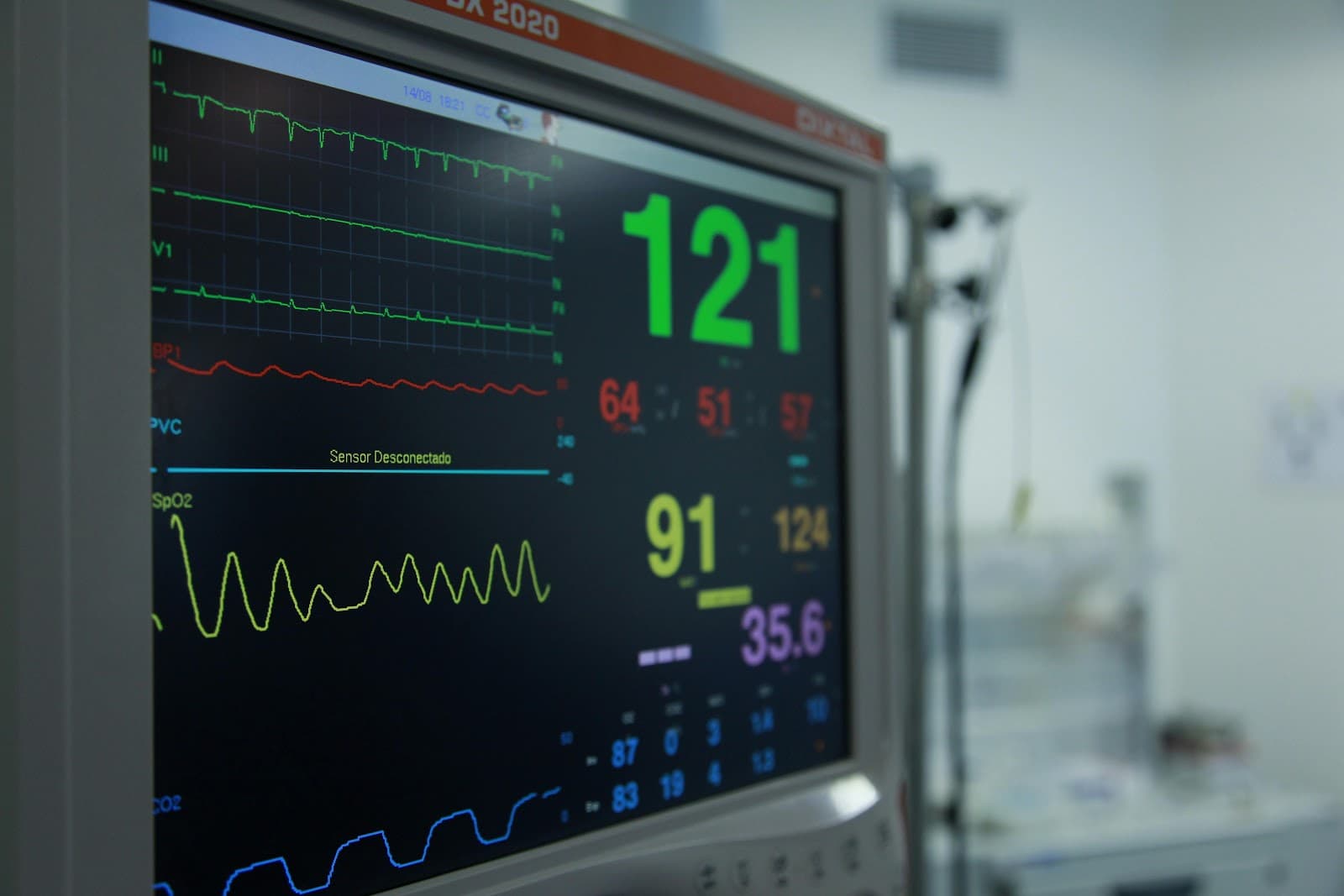As technology filters through every sector in our world, the healthcare sector is not left out. Digital solutions are being utilized to improve patient care, and boost outcomes.
However, these digital solutions are not without challenges, the chief among them being the protection of sensitive patient data and safeguarding healthcare infrastructure from cyber threats. From electronic health records (EHR) to Internet of Medical Things (IoMT), every aspect of modern healthcare is vulnerable to cyber attacks. About 93% of healthcare organizations have suffered a data breach according to Herjavec Group’s 2020 Healthcare Cybersecurity Report.
The consequences of such breaches go beyond financial losses, posing risks to patient safety and privacy. Last year, St. Margaret, an American hospital permanently ceased operations, citing various reasons. Among them was the ransomware attack that occurred in 2021.
Now, more than ever, cybersecurity is important in ensuring the protection of healthcare information and systems. In this article, we explore the role of cybersecurity in the healthcare industry, highlighting the key challenges faced.
Common Cybersecurity Challenges Faced by Healthcare Industry
- Data breaches: According to IBM's 2023 Cost of Data Breach Report, the cost of a data breach across sectors was estimated at $4.45 million, yet the average cost of a healthcare data breach was the highest among all sectors at $10.93 million. Data breaches are one of the biggest challenges in healthcare and proper protection of patient data is necessary to ensure the safety of patient data. The consequences of such breaches are not just financial, posing risks to patient safety, privacy, and even business survival - As was the case with St. Margaret, an American hospital permanently ceased operations due to multiple reasons including a ransomware attack.
- Compromised Medical Devices: Healthcare organizations now rely on Internet of Medical Things (IoMT) such as wearable sensors to monitor patients and make accurate prognoses. However, these devices have weaknesses which can give attackers access to patients’ data. From 2020 to 2022, some surveyed healthcare institutions in the United States of America (USA) experienced 9 to 15 cyberattacks involving IoT and IoMT devices. Listen to our Podcast Episode on Cyber risks to IoT Devices on Spotify.
- Ransomware and Malware: Ransomware attacks are prominent because of how eager healthcare organizations are to pay to resume operations. The ransomware attack against Change Healthcare which was carried out by a group known as AlphV or BlackCat is one of the worst in years. This disrupted pharmacies' and hospitals’ operations across the USA, leading to a delay in nationwide prescription drugs for 10 days.
- Budget Constraints: Many healthcare organizations do not readily invest in cybersecurity. BankInfoSecurity reports that most healthcare organizations typically allot only 6% of their IT budget to this vital area. This limited allocation is responsible for inefficient security protocols, leaving healthcare systems susceptible to cyber attacks. Consequences include increased risk exposure, and resource depletion in managing security breaches. Moreover, insufficient investment in cybersecurity can incur costs due to regulatory fines and reputational damage.
Best Practices for Cybersecurity in Healthcare
- Access Controls: To protect information, it is important to restrict access to those that require it. Implementing stronger access controls will ensure that only authorized personnel can access patient records and sensitive information. Research by the European Union Agency for Cybersecurity (ENISA) reveals that 17% of hospital representatives considered “Access Control” as an effective step to protect patients, visitors, and staff.
- Employee Training: According to Verizon, 70% of data breaches involved the human factor. That is why you need to provide cybersecurity training for your employees to help them recognize threats like phishing and social engineering attacks. Well informed employees will add a layer of security to your organization. For training that will empower your employees to combat cyber threats, contact us at Cyberkach.
- Data Encryption: The world in data breaches report by Varonis estimates that 7 million unencrypted data records are compromised every day. Encrypting your data will ensure important information remains inaccessible even if it falls into the wrong hands.
- Incident Response Plan: IBM reports that it takes organizations 197 days to detect a breach and 69 days to contain one. This delay can take a toll on your organization financially, which is why it's best to be prepared regardless of your organization's cyber history. Developing and regularly testing an incident response plan will help your organization effectively respond to and recover from an attack.
- Backup Data: In a survey from 2022, 76% of IT leaders reported significant data loss in 2021 with 45% experiencing permanent loss. This kind of loss can be avoided by using affordable backup options like cloud storage. Investing in these solutions that protect data will help your organization respond swiftly and restore operations after an incident.
As we rely on digital solutions to boost healthcare delivery, it's imperative for us to leverage cybersecurity to uphold the integrity of healthcare systems.
Want to stay ahead of cyberattacks with cybersecurity at your fingertips? Subscribe to the Cyberkach blog.
